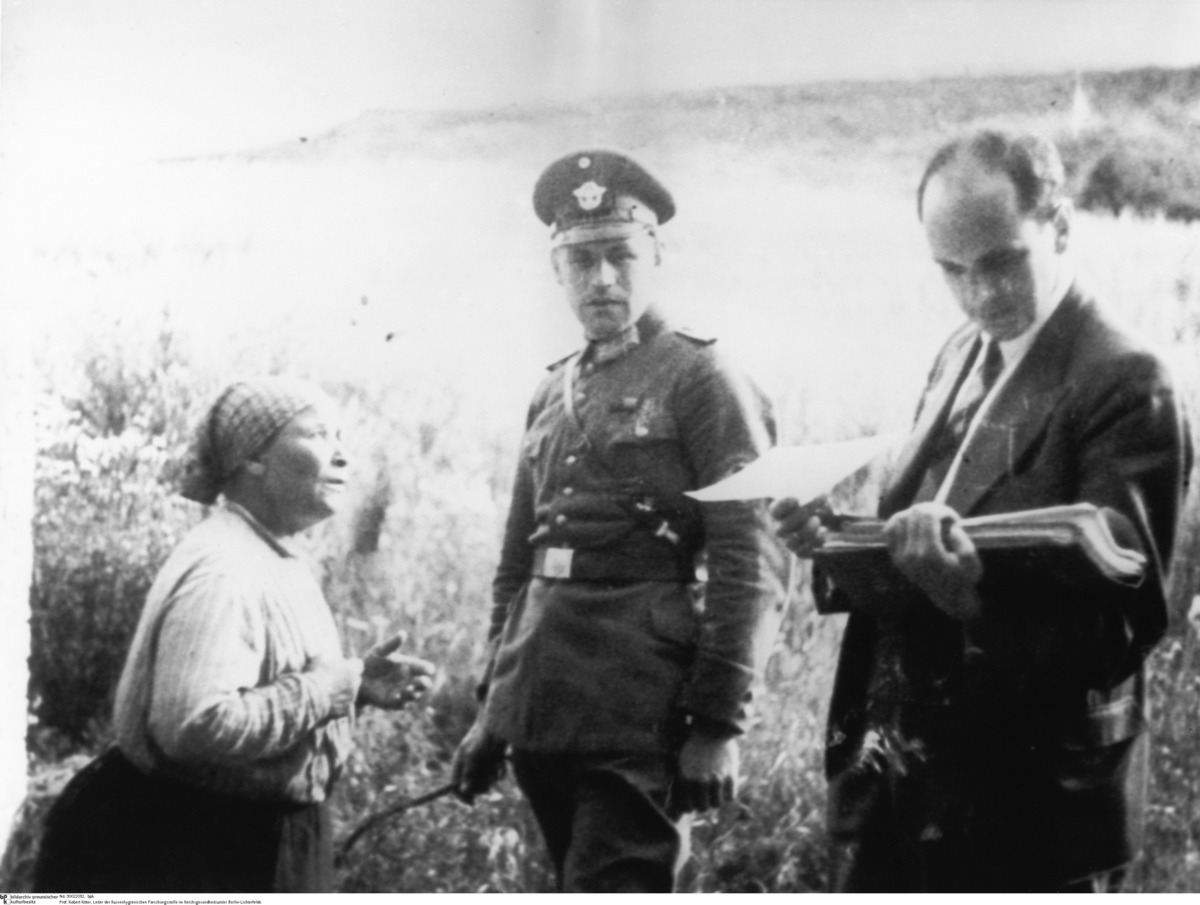Abstract
In the National Socialist conception of race, the Roma and Sinti
(derogatively called: “Gypsies”) had a special paradoxical status.
Although Roma and Sinti had come from India and were thus considered
more “Aryan” than even the Nordic races, they had inbred with “lesser
races” and were thought to have sacrificed their purity. As a result,
these "mixed-breeds"
[Mischlinge] were considered racially
predisposed toward asocial tendencies and were regarded as “degenerate
criminals and vagabonds” who posed a threat to the security and the
health of the German people. Himmler in particular was fascinated by the
"Gypsy question." In 1936, he founded the Racial Hygiene
Research Center within the Reich Bureau for Health in Berlin for
research and the gathering of statistics on the approximately 30,000
Gypsies living in Germany. The information collected by Dr. Robert
Ritter was later used for the systematic persecution, forced
sterilization, and murder of "Gypsies." Estimates of the total
number of Roma and Sinti killed during the Nazi genocide range from
220,000 to 500,000. After the war, Dr. Ritter continued to practice in
the area of psychiatry. Criminal proceedings against him were closed in
1950.
